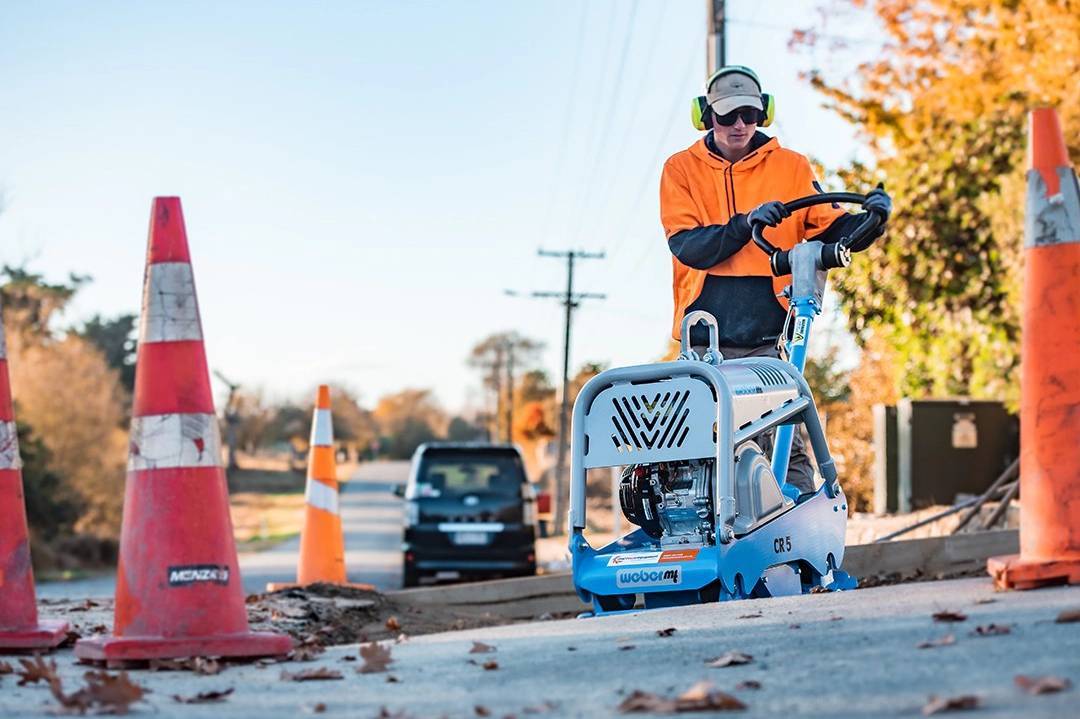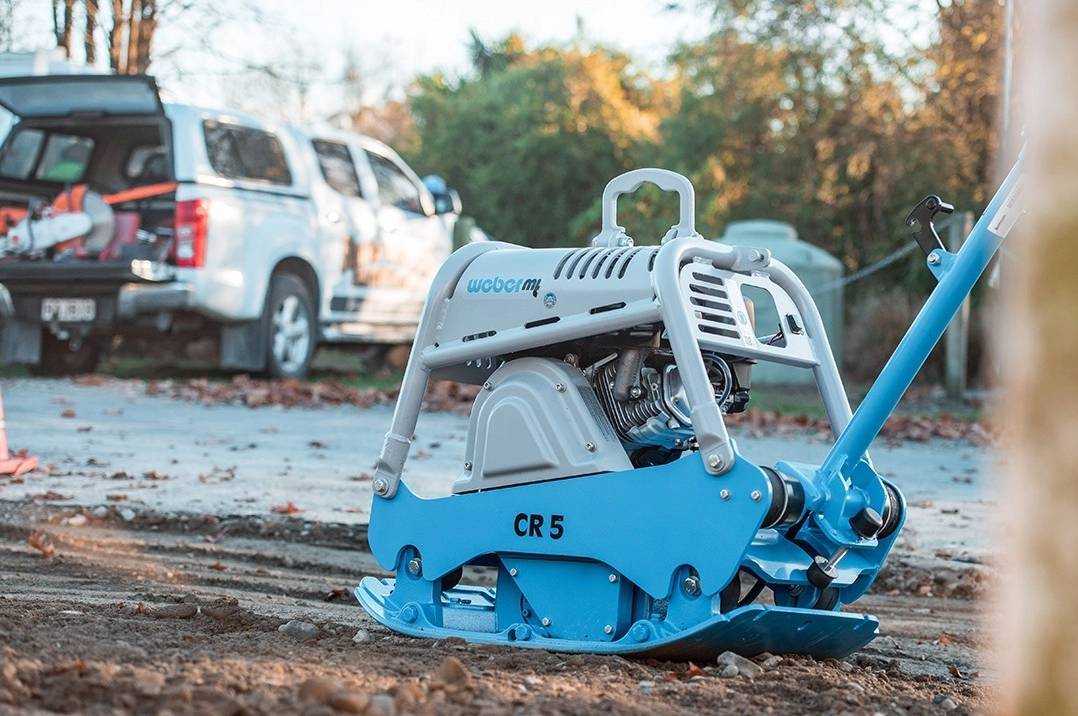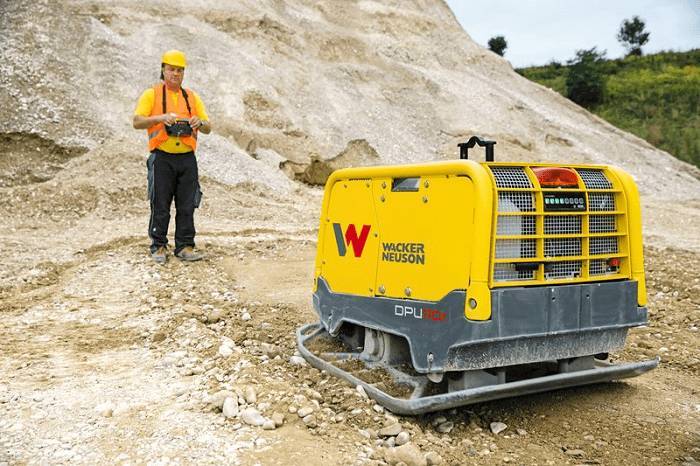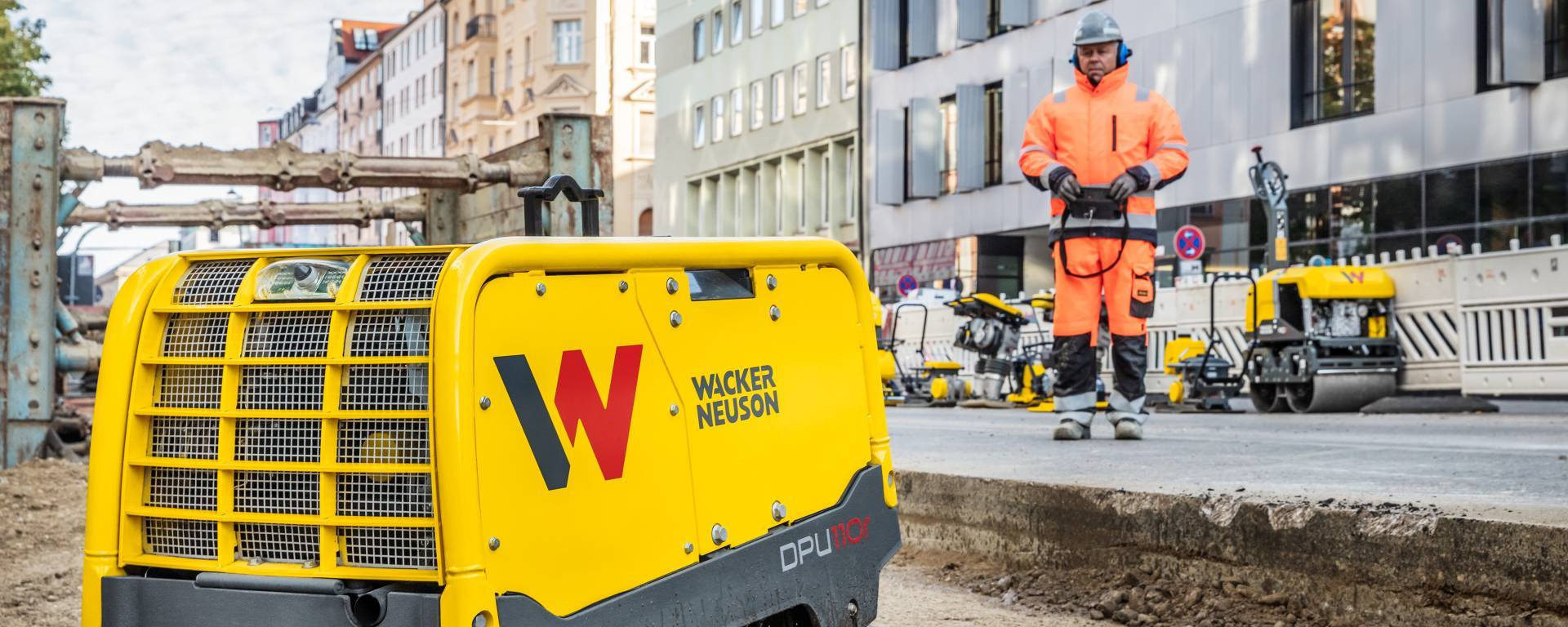How to Choose the Right Plate Compactor for the Job
When it comes to preparing a solid foundation for construction projects, a plate compactor is an indispensable tool. Whether you’re working on landscaping, driveways, or laying down a concrete slab, choosing the right plate compactor can make a big difference in the quality and efficiency of your work. At Pronto Hire, we offer a range of plate compactors to meet the needs of various projects. Here’s a guide to help you choose the right one for your next job.
Understanding Plate Compactors
Before diving into the selection process, it's important to understand what a plate compactor is and how it works. A plate compactor uses a heavy, flat plate to apply force through rapid vibrations to compact soil, gravel, or asphalt. This process eliminates air pockets and ensures that the ground is stable and ready for construction or paving. There are different types of plate compactors available, and the right one depends on the specifics of your project.
1. Types of Plate Compactors
There are three main types of plate compactors you might consider:
-
Single-Plate Compactors: These are ideal for small to medium-sized projects, such as compacting sand, gravel, or asphalt. They are easy to maneuver and are generally lighter than other models, making them perfect for home renovations or light landscaping work. For example, if you’re working on a garden pathway, a single-plate compactor can get the job done efficiently.
-
Reversible Plate Compactors: Reversible compactors can move forward and backward, offering better control and coverage for larger areas. These are a great choice for more intensive tasks, such as compacting deeper layers of soil or working on larger construction sites. They provide a greater compaction force than single-plate compactors, making them ideal for commercial projects.
-
Heavy-Duty or High-Frequency Plate Compactors: For jobs that require compacting thicker layers of soil or highly cohesive materials like clay, heavy-duty models are the best option. They deliver a stronger impact force, ensuring that even the most stubborn materials are properly compacted. These are suitable for industrial applications, road work, and other high-demand projects.
2. Key Factors to Consider When Choosing a Plate Compactor
Selecting the right plate compactor depends on a variety of factors. Here’s what you need to consider:
-
Soil Type: The type of soil you’ll be working with greatly influences the choice of compactor. Lighter soils like sand and gravel can be compacted with single-plate models, while clay and silt may require the extra power of a reversible or high-frequency compactor.
-
Project Size: The size and scope of your project will determine whether a lighter, more portable compactor is sufficient, or if you need a heavier model with more power. For small projects like patios or walkways, a single-plate compactor is often adequate. For larger areas, such as driveways or commercial landscaping, a reversible compactor may be more efficient.
-
Compaction Depth: Different compactors offer varying compaction depths. For projects requiring deeper compaction, such as foundations or large-scale paving, a reversible or heavy-duty plate compactor is a better choice. These models offer more weight and power to reach the necessary depth.
-
Ease of Transport: If your project requires frequent movement of equipment, consider the weight and portability of the compactor. Single-plate compactors are easier to transport, whereas larger models may require special transport arrangements. At Pronto Hire, we provide guidance on transporting heavier machinery, ensuring a smooth rental experience.


3. Choosing the Right Size and Compaction Force
The size and compaction force of the plate compactor are crucial to achieving the desired results. Here’s a breakdown:
-
Plate Size: The plate size will affect the area that can be compacted in a single pass. Larger plates are suitable for bigger projects as they can cover more ground quickly. However, for projects with tight corners or small spaces, a smaller plate size allows for better maneuverability.
-
Centrifugal Force: Measured in kilonewtons (kN), centrifugal force determines the impact force of the compactor. Higher centrifugal force means better compaction, especially for thick or cohesive materials. A 10-15 kN compactor might be ideal for small jobs, while larger projects may require a machine with 20 kN or more.
4. Considering Plate Compactor Features
Modern plate compactors come with a range of features that can enhance your experience and efficiency:
-
Water Tank: If you’re compacting asphalt or working on hot days, a water tank can help to reduce dust and keep the surface cool. This makes it easier to work with sticky materials and prevents asphalt from adhering to the plate.
-
Anti-Vibration Handles: Compaction work can be physically demanding. Anti-vibration handles can help reduce operator fatigue and make the work more comfortable, especially during longer jobs.
-
Remote-Controlled Models: For safety and precision, some larger models come with remote controls. These are especially useful in hazardous or confined spaces where manual control might be challenging.


5. Hiring a Plate Compactor from Pronto Hire
At Pronto Hire, we understand that finding the right equipment is key to the success of your project. Our team can help you select the right plate compactor based on your specific needs. We offer a range of compactors to suit various job requirements, ensuring you get the best machine for the task at hand. Hiring from us means you’ll have access to:
- Expert Advice: Our team can guide you through the selection process, ensuring you choose a machine that matches your project’s needs.
- High-Quality Equipment: Our hire fleet includes well-maintained, top-quality compactors from trusted brands.
- Flexible Rental Terms: Whether you need a compactor for a day or a month, we provide flexible rental terms to accommodate your project timeline.

Choose the Right Plate Compactor with Confidence
Choosing the right plate compactor is crucial for the success of any compaction job. By understanding the different types, assessing your project’s needs, and considering the size, compaction force, and special features, you can ensure you have the right tool for the job. And with Pronto Hire's extensive fleet and expert support, finding the perfect compactor has never been easier.
Ready to start your project? Check out our compaction range and get the right equipment for the job. Our team is here to help you every step of the way.
Similar
Articles
Donation
Request
While we appreciate the many causes that reach out to us, we are not able to support every request we receive. We carefully evaluate each opportunity to ensure alignment with our mission and resources. Thank you for your understanding.
Request
hire
Make an
enquiry




